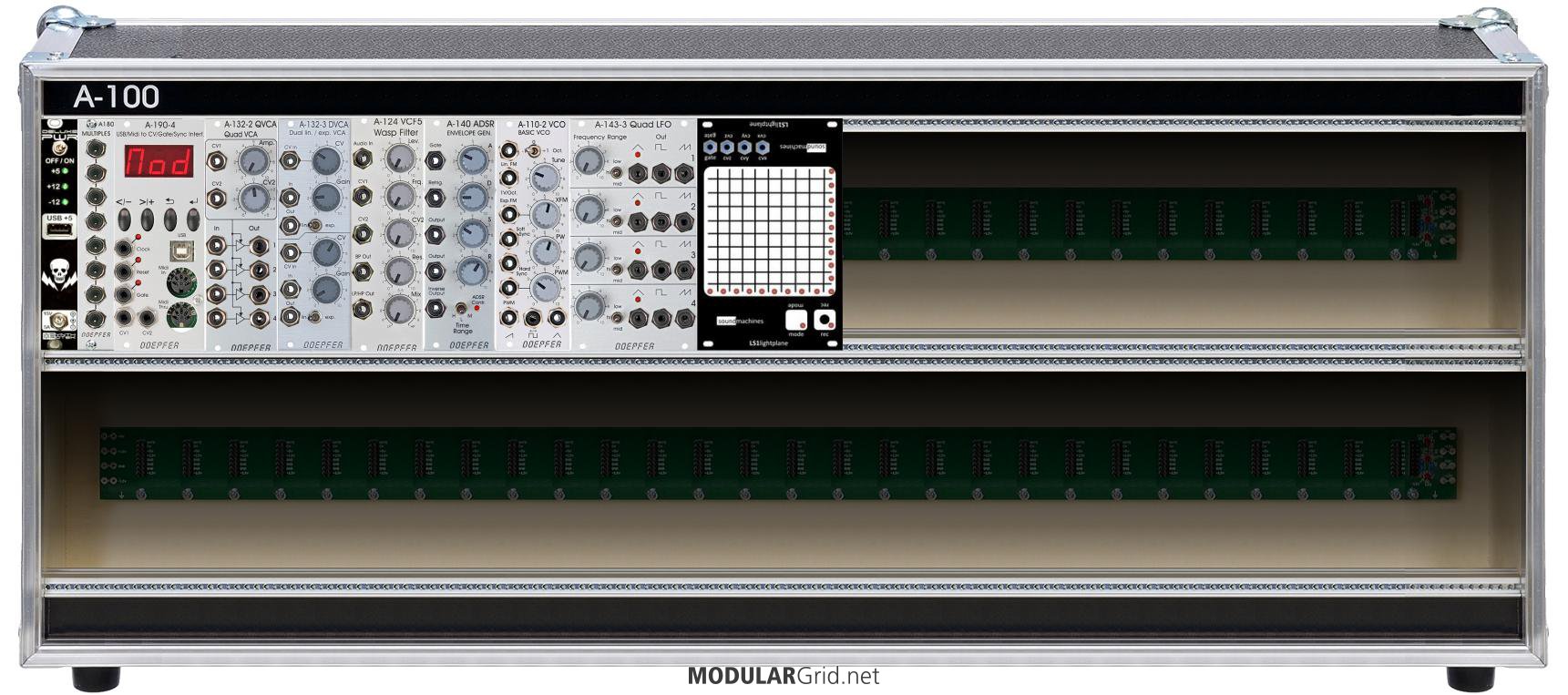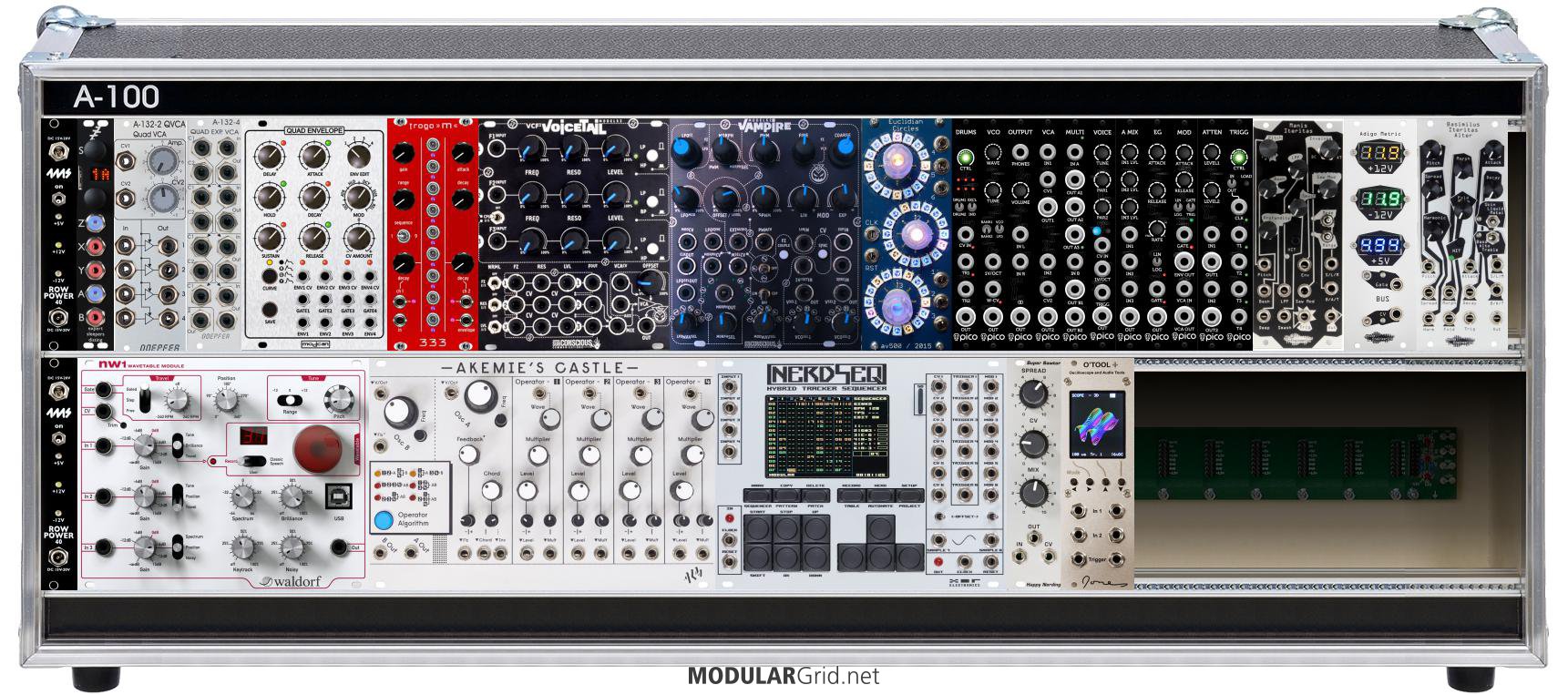So watching videos on learning modular systems the idea is start with a VCA, VCO, filter, clock, envelope and power/case.
What are your thoughts on this versus buying a fully assembled system like the Doepfer A100, Make Noise Shared System, Harvestman Polivoks package ?
My goal is to learn modular synthesis well. I already have an Elektron Analog 4 and Make Noise 0-coast and for sampler/sequencer have my Elektron Octatrack. So would not need to spend cash right away on sampler/sequencers or controllers since the Elektron can manage modular over CV connections.
The package systems I am looking at in future:
For under 2k the Polivoks looks cool for industrial!
http://store.industrialmusicelectronics.com/product/iron-curtain-electronics-full-system
Make Noise Cartesian (about 2k)
http://www.makenoisemusic.com/synthesizers/system-cartesian
Verbos System (about 3.5k)
http://www.analoguehaven.com/verboselectronics/compositionsystem/
Endorphin.es Shuttle system (2.5k)
http://www.noisebug.net/site/endorphindotes/index.cfm?ID=2
While I would love a Buchla the cheapest one the Easel is 5k!
The expensive drum Buchla machine is on my list however. And if I score a big bonus I would love a Buchla Skylab.
I looked at Phenol, Ants, and Modulor but they look like they cannot be expanded or fit into a Eurorack or modular system and look to be more stand alone portable units.





